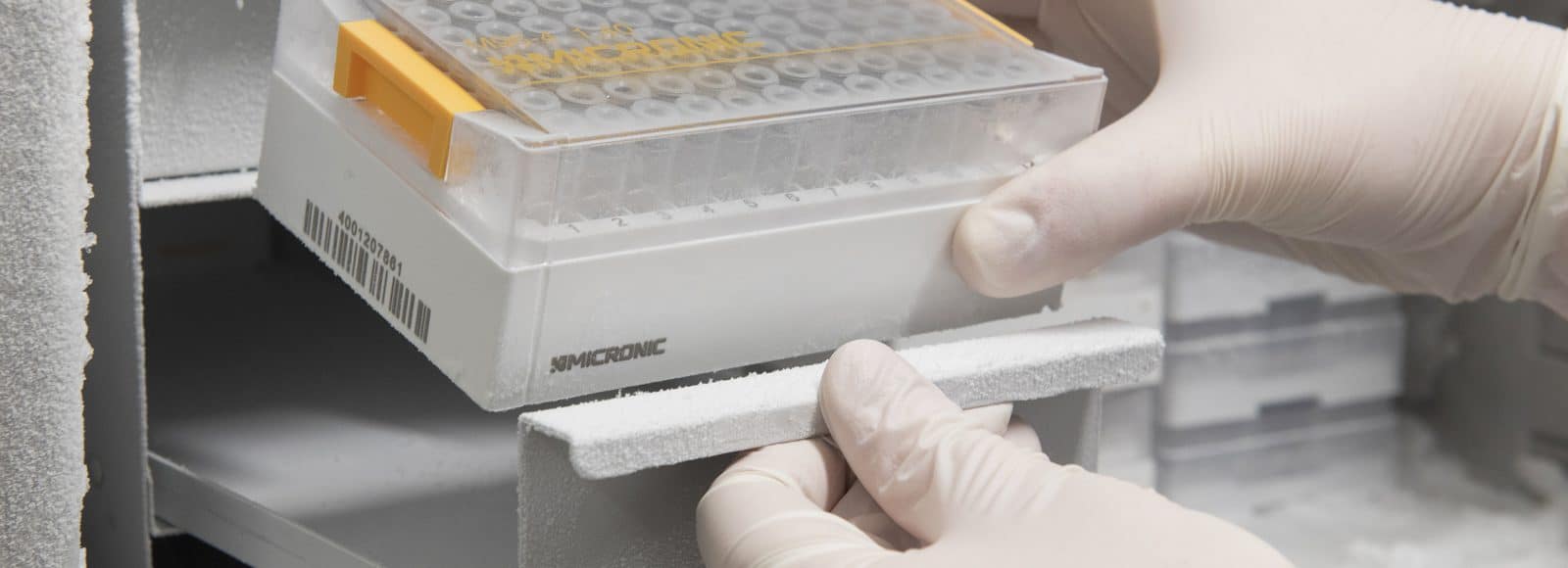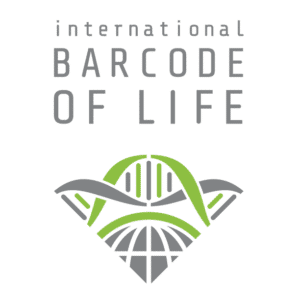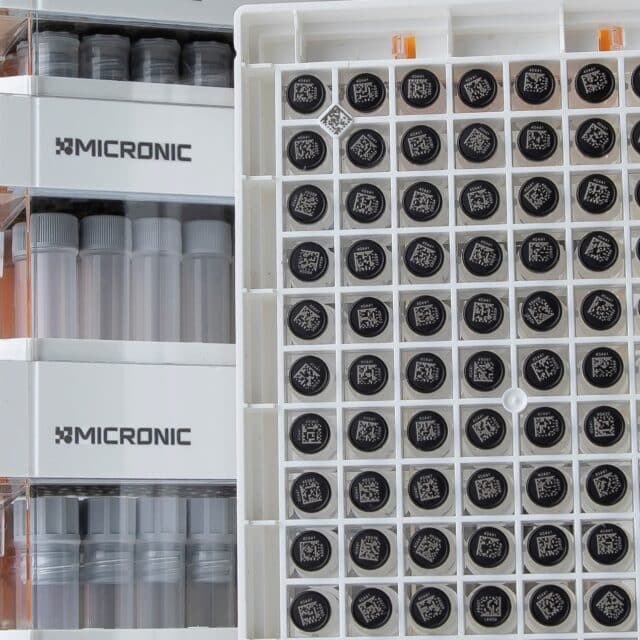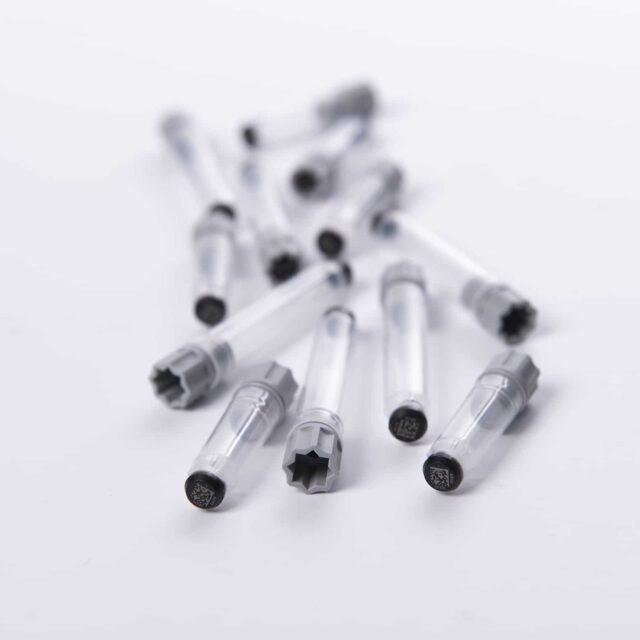
Nees Institute
The international Barcode of Life Project (iBOL) is the largest biodiversity genomics initiative ever undertaken. Hundreds of biodiversity scientists, genomics specialists, technologists and ethicists from 25 nations are working together to construct a richly parameterized DNA barcode reference library that will be the foundation for a DNA-based identification system for all multi-cellular life. In the first phase of operations (2010-2015), iBOL collaborators will barcode five million specimens representing 500,000 species. During construction of the barcode library, iBOL participants will also be building the infrastructure needed to use it in real-world situations such as long-term sample storage facilities (freezers), ecosystem monitoring, forensics and control of agricultural pests and invasive species.
largest biodiversity genomics initiative ever undertaken. Hundreds of biodiversity scientists, genomics specialists, technologists and ethicists from 25 nations are working together to construct a richly parameterized DNA barcode reference library that will be the foundation for a DNA-based identification system for all multi-cellular life. In the first phase of operations (2010-2015), iBOL collaborators will barcode five million specimens representing 500,000 species. During construction of the barcode library, iBOL participants will also be building the infrastructure needed to use it in real-world situations such as long-term sample storage facilities (freezers), ecosystem monitoring, forensics and control of agricultural pests and invasive species.
Why Micronic?
Barcoding projects have four components:
- The Specimens: Natural history museums, herbaria, zoos, aquaria, frozen tissue collections, seed banks, type culture collections and other repositories of biological materials are treasure troves of identified specimens.
- The Laboratory Analysis: Laboratory protocols can be followed to obtain DNA barcode sequences from these specimens. The best equipped molecular biology labs can produce a DNA barcode sequence in a few hours. The data are then placed in a database for subsequent analysis.
- The Database: One of the most important components of the Barcode Initiative is the construction of a public reference library of species identifiers which could be used to assign unknown specimens to known species. There are currently two main barcode databases that fill this role.
- The Data Analysis: Specimens are identified by finding the closest matching reference record in the database. A Barcode of Life Data Portal is created which offers researchers new and more flexible ways to store, manage, analyze and display their barcode data.

Sample Preservation
Micronic is proud to be working with the Nees Institute for Plant Biodiversity (GER) to assist in the collection, analysis and long term sample storage of their biospecimens. The Nees Institute for Plant Biodiversity selected Micronic 0.50ml 2D Data-Matrix coded tubes together with TPE caps to provide high integrity, long-term storage of their samples at -80°C.
Manufactured in a certified Class 7 cleanroom environment – Micronic 0.50ml sample storage tubes exhibit excellent product consistency and near zero contaminants. Produced from only top quality, ultra-pure polypropylene ensures that the storage tubes are compliant with USP Class 6 and European Pharmacopeia tests. The tubes resist many organic solvents (DMSO, methanol, dichloromethane), may be autoclaved and can be repeatedly freeze-thawed without loss of product performance. A unique laser etched 2D code on the bottom of each tube provides an easy and unambiguous means of storing and identifying samples.

In order to enable significant productivity gains in closing the 0.50ml tubes with TPE caps, the Micronic Push Cap Capper CP400 is used by the two Biodiversity Centers. The capper is designed to work with all sample storage 96-format tube and rack combinations, without use of adapters. This results in speed and ease of operation.For the quick reading of the 2D Data-Matrix tube codes and 1D rack barcode, the two Biodiversity Centers use the Micronic Rack Reader together with the 1D Rack Barcode Reader.
For further information relating to the Nees Institute please visit:
https://www.nees.uni-bonn.de/
Download the interactive catalog
Contact us with any questions you might have